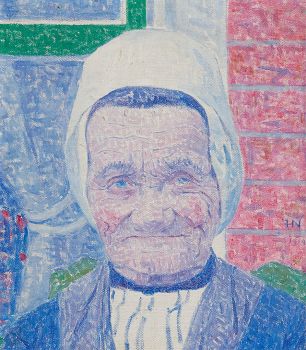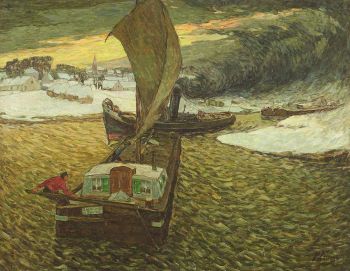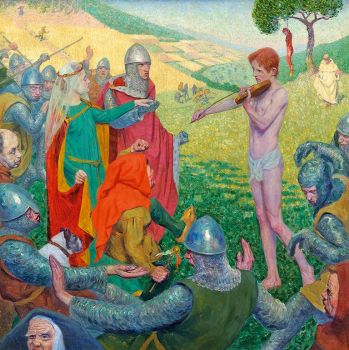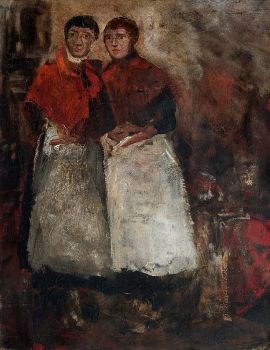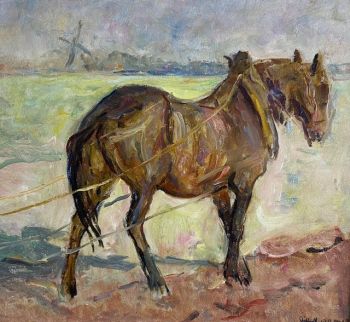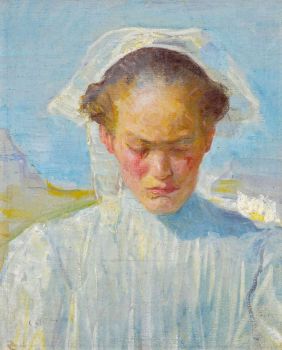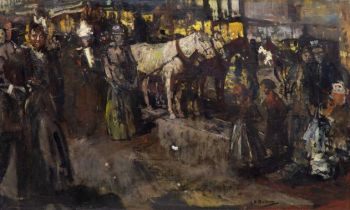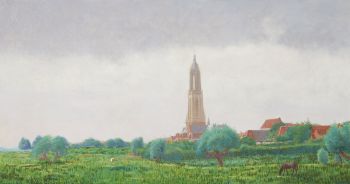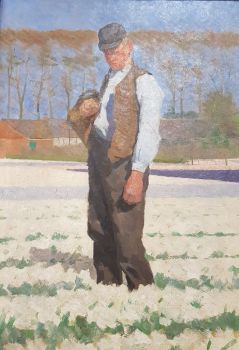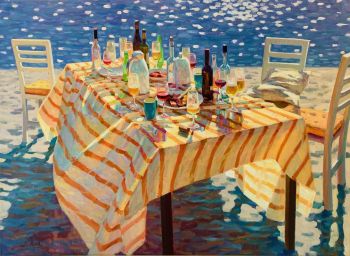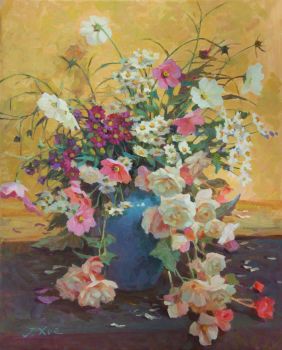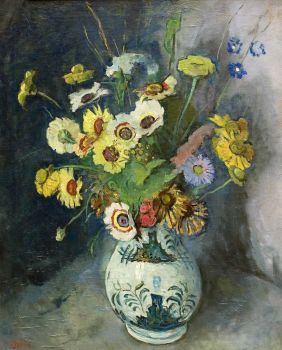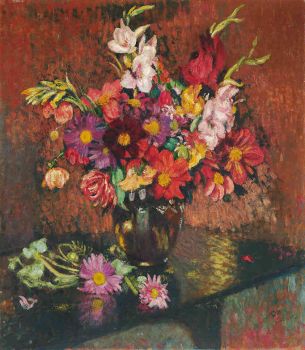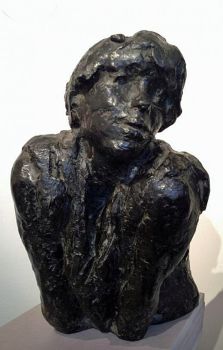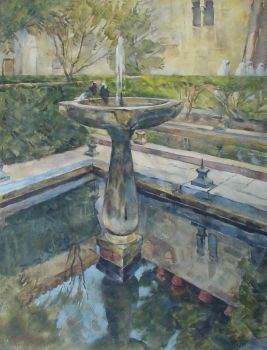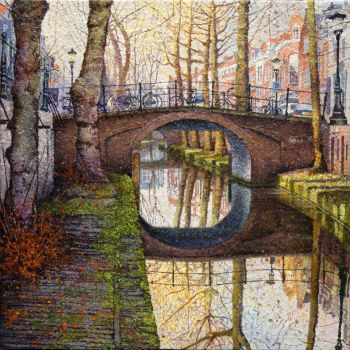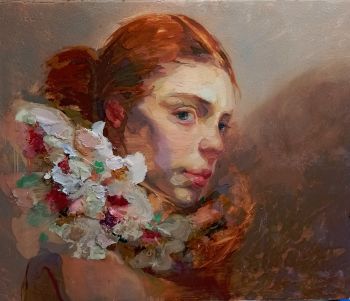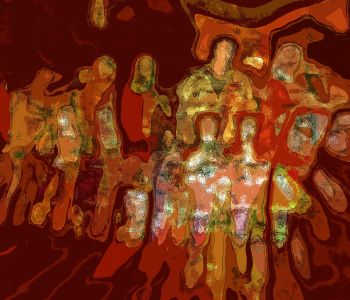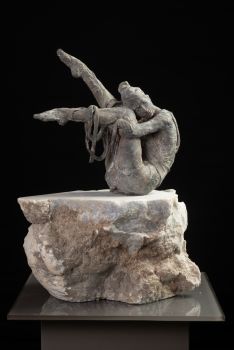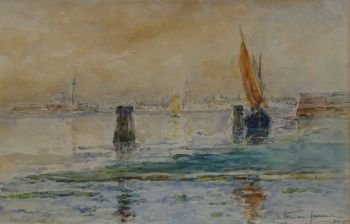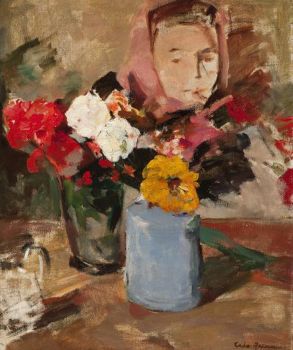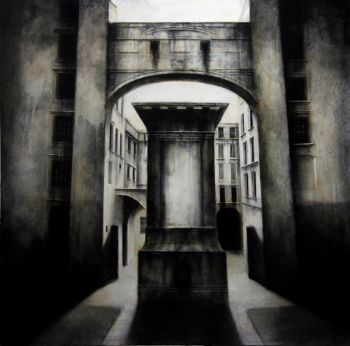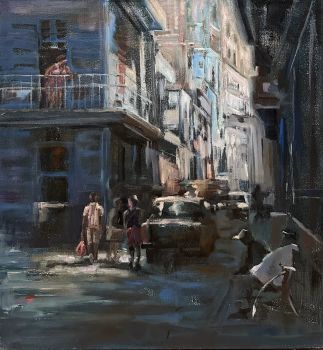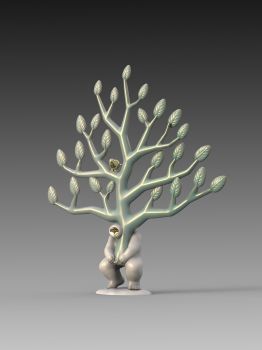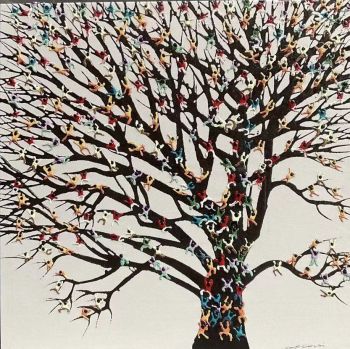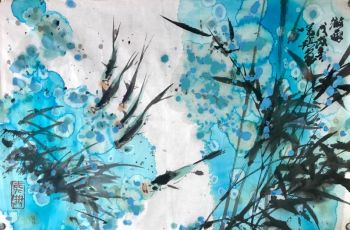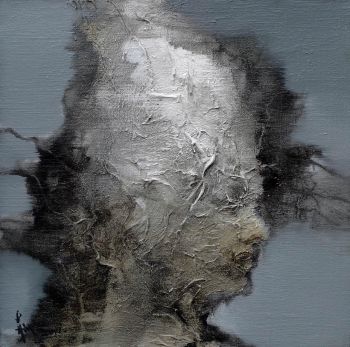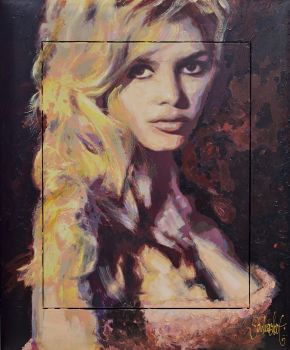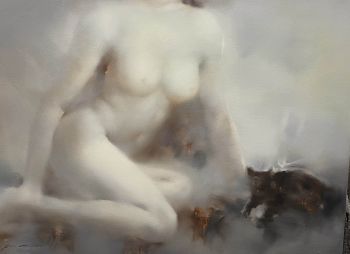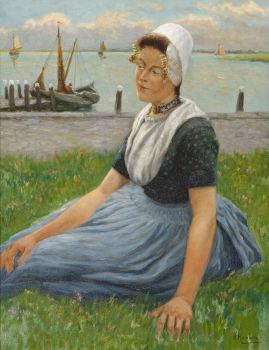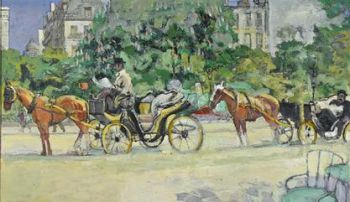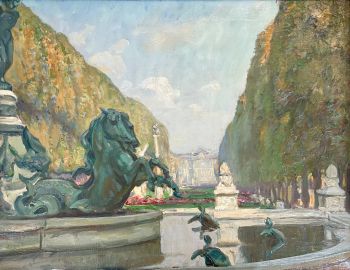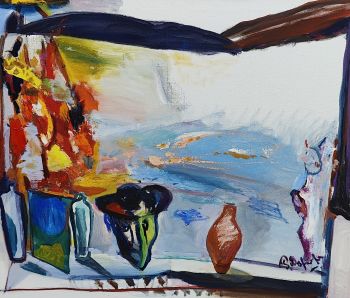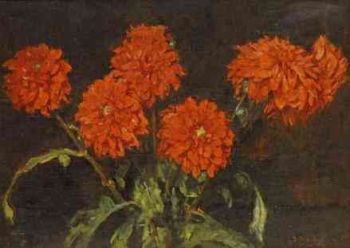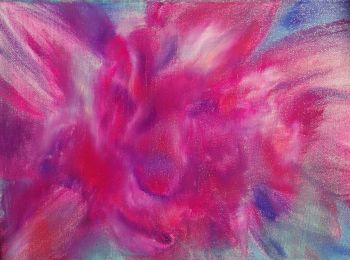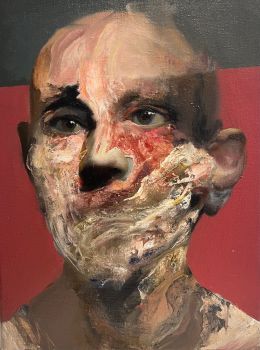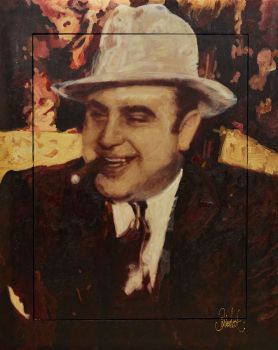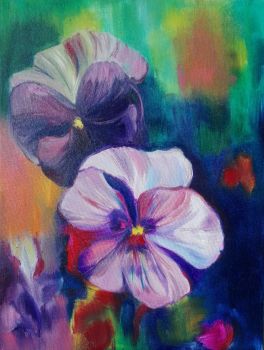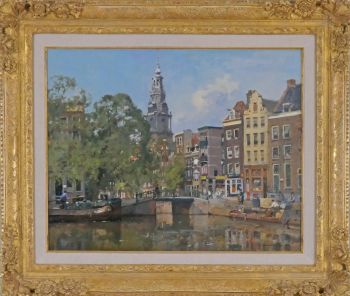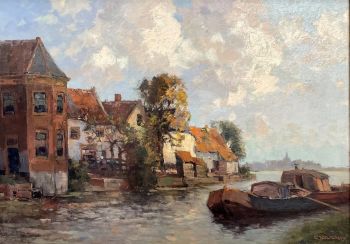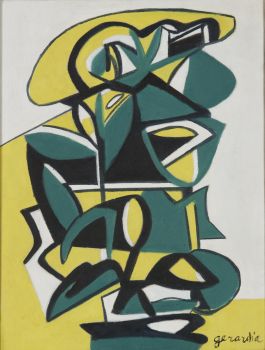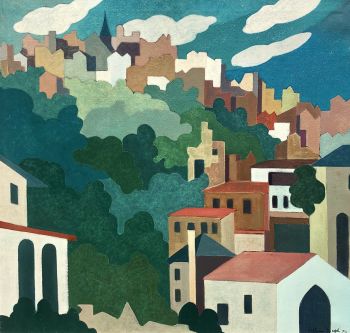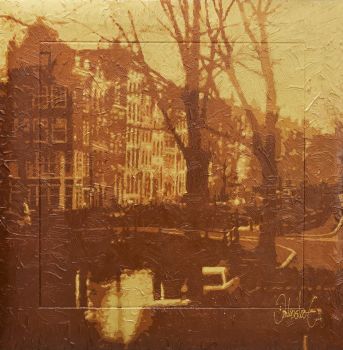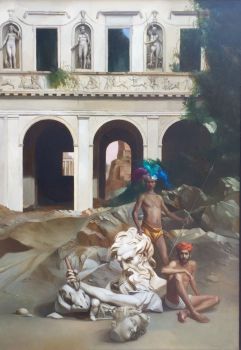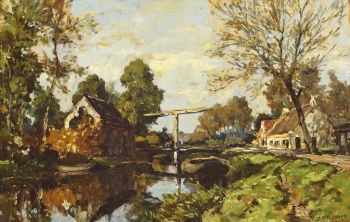Impressionism; the DISPLAY OF THE MOMENT, LIGHT, WEATHER AND ATMOSPHERE
In 1874, eleven years after the first Salon des Refusés, Impressionism first clearly defined itself. More than thirty young French painters together exhibited 165 works in a studio in Paris. They did that at a strategic time, exactly a month before the official annual Salon was to open. Participants of the exhibition included Eugène Boudin, Edgar Degas, Camille Pissarro, Pierre Auguste Renoir and Alfred Sisley. Visitors to the first exhibition were shocked by their contemporary impressionistic paintings. In this article we will explain how and when impressionism originated and developed in time and what the most important characteristics of this typical art-style are.
IMPRESSIONISM AS AN INNOVATIVE MOVEMENT
Impressionism was a revolutionary art movement. Among other things, it turned against painting in the studio. Contrary to the centuries-long tradition, the impressionists preferred to paint outside. The Barbizon School can be considered a precursor to Impressionism in this regard.
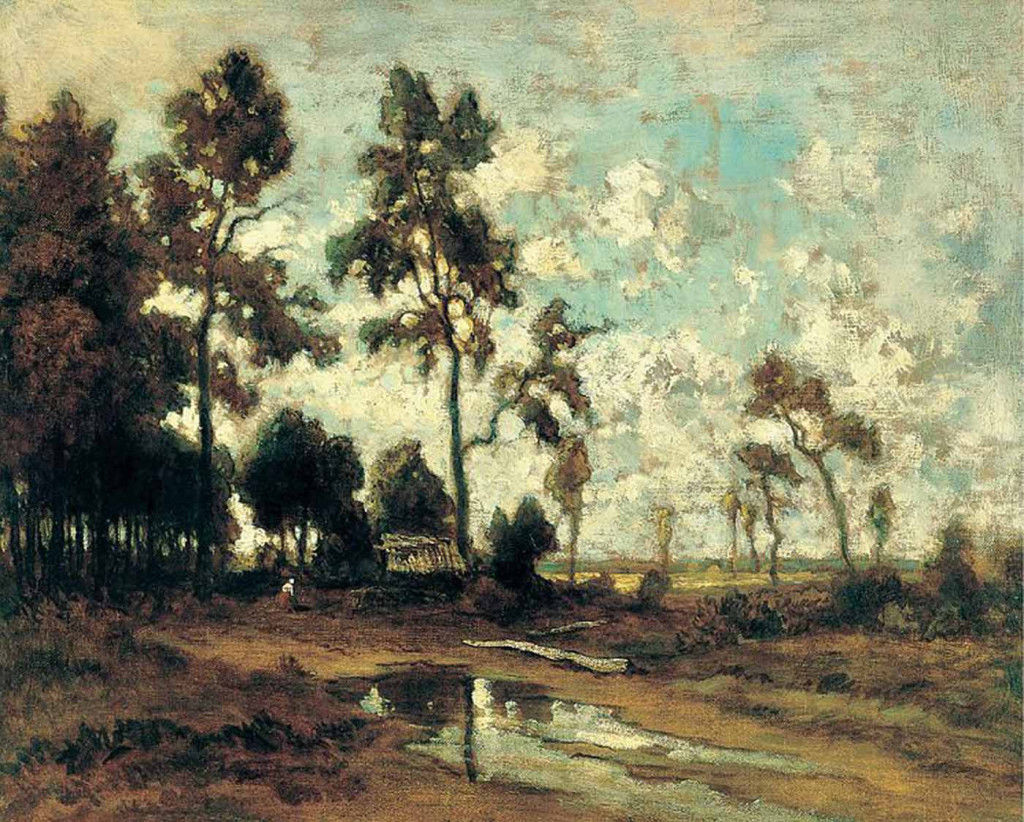
Barbizon Schoolprecursor to Impressionism: Théodore Rousseau, Forest of Fontainebleau, ca. 1855, Museo Thyssen-Bornemisza, Madrid
Moreover, the Impressionists did not paint history pieces full of nationalist-tinted propaganda or paintings with a religious or mythological theme. Their subjects do not depict a moral problem. They did not communicate an underlying message. Instead, the Impressionists chose inspiration from the ordinary, uncomplicated everyday life. They painted ordinary citizens on a terrace, recorded trips to the coast and the beach and they painted visitors to cafes, walkers on the boulevards of Paris, bourgeois games and repetitive ballet girls.
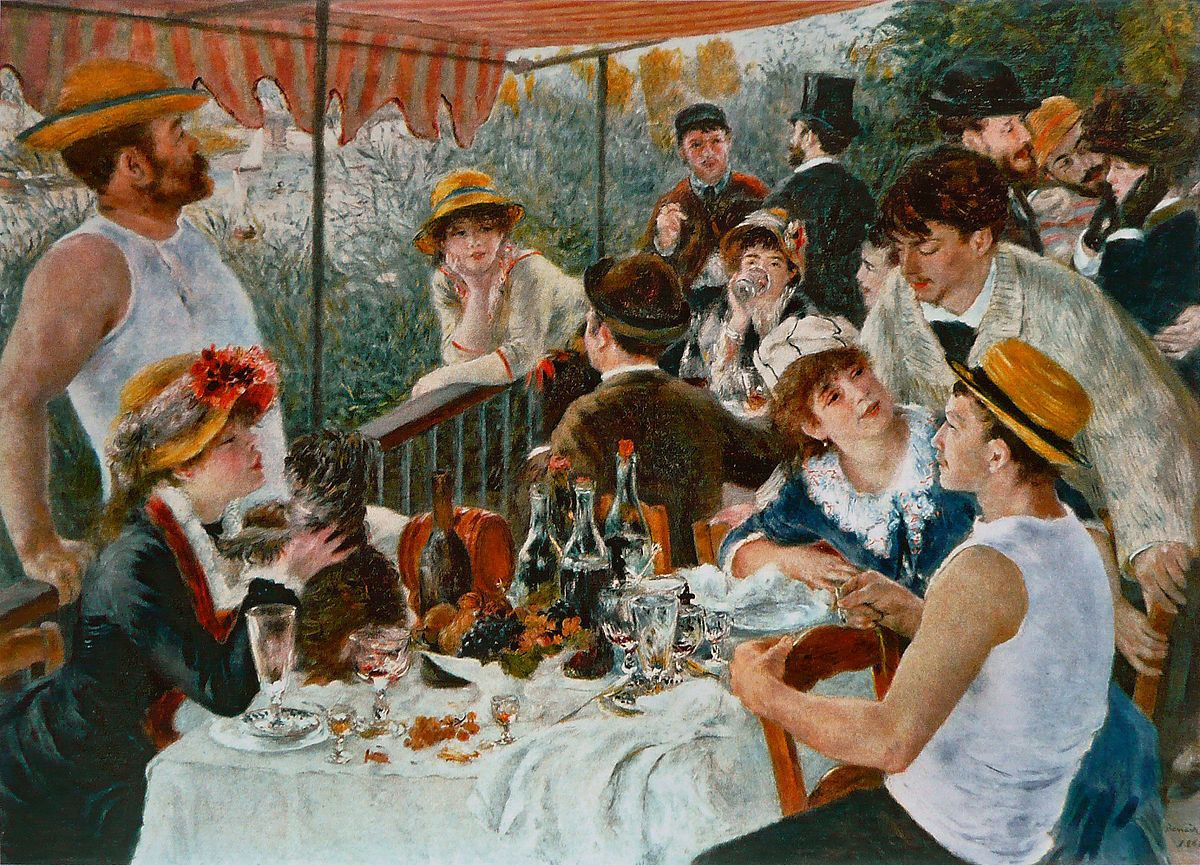
Pierre-Auguste Renoir's "Luncheon of the boating party" (1880-1881), a typical impressionistic work
Of course nature impressions should not be missing in this list of subjects. Impressionists painted landscapes, village and city views in which the atmosphere due to the season, the sunlight and the air conditions was central. The landscape painters wanted to display the correct light and atmosphere of a snapshot. They tried to record how something looked at a specific time of day in a specific season.

Example of a colourful impressionistic landscape by impressionist painter Paul Signac, "Antibes Soir", 1903
A painting therefore had to be made quickly, because the image threatened to change differently due to changes in the position of the sun. Because of the great interest in light and the peculiarities of light, Impressionists also called themselves "Illuminists." They used that term in the period 1860-1874, before the term of expressionists was coined. From 1874, however, the termination Impressionists used to be triumphantly nicknamed themselves.
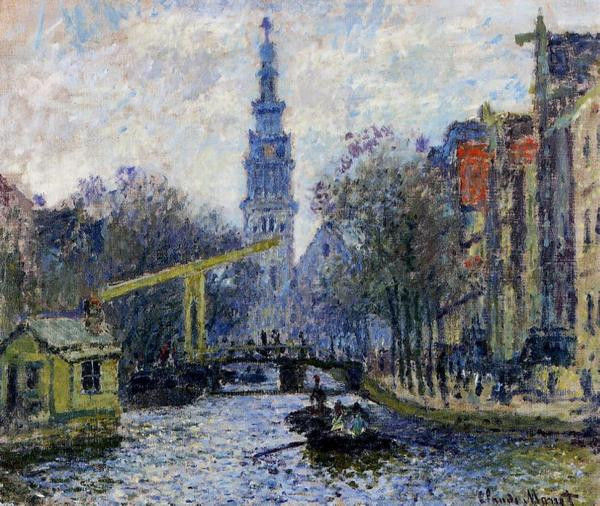
Claude Monet, the Zuidertoren in Amsterdam, 1871
TYPICAL CHARACTERISTICS OF IMPRESSIONISM
Impressionism was not only an innovative movement in terms of content, but also in stylistic terms. When the Impressionists appeared on the scene of the art world, the widely applied style of Neoclassicism was still regarded as the officially recognized painting style. This style was therefore highly appreciated by conservatively minded salon judges such as William-Adolphe Bouguereau. He was a staunch opponent of Impressionism, which was completely different from the academic style.
Because the Impressionists worked in nature, not in a studio with cold neutral light from the North, the colors in their paintings were remarkably lighter, shadows more colorful, depicted faces blotchy due to the changing sunlight and contours of shapes less sharp.
The Impressionists tried to use the latest scientific insights in the field of color theory. They used practical knowledge from physics. They came up with a way to put that knowledge into practice when painting. They knew that there are three primary colors: red, yellow and blue. They knew that mixing these three colors creates the three secondary colors: green, orange and violet. The primary and secondary colors mentioned together form exactly the range of colors of the rainbow. The primary and secondary colors are not only visible in a rainbow, but also become visible in the physics experiment in which a light beam is refracted by a prism. Because the Impressionists wanted to reproduce the natural light they observed as faithfully as possible, they therefore preferred to use combinations of the six rainbow colors. They placed pure colors with smooth and loosely juxtaposed brush strokes on the canvas. Seen from some distance, the brush strokes optically blend into new colors. The clearly visible paint touches in the final painting enhance the impression that the Impressionist paintings were made quickly.
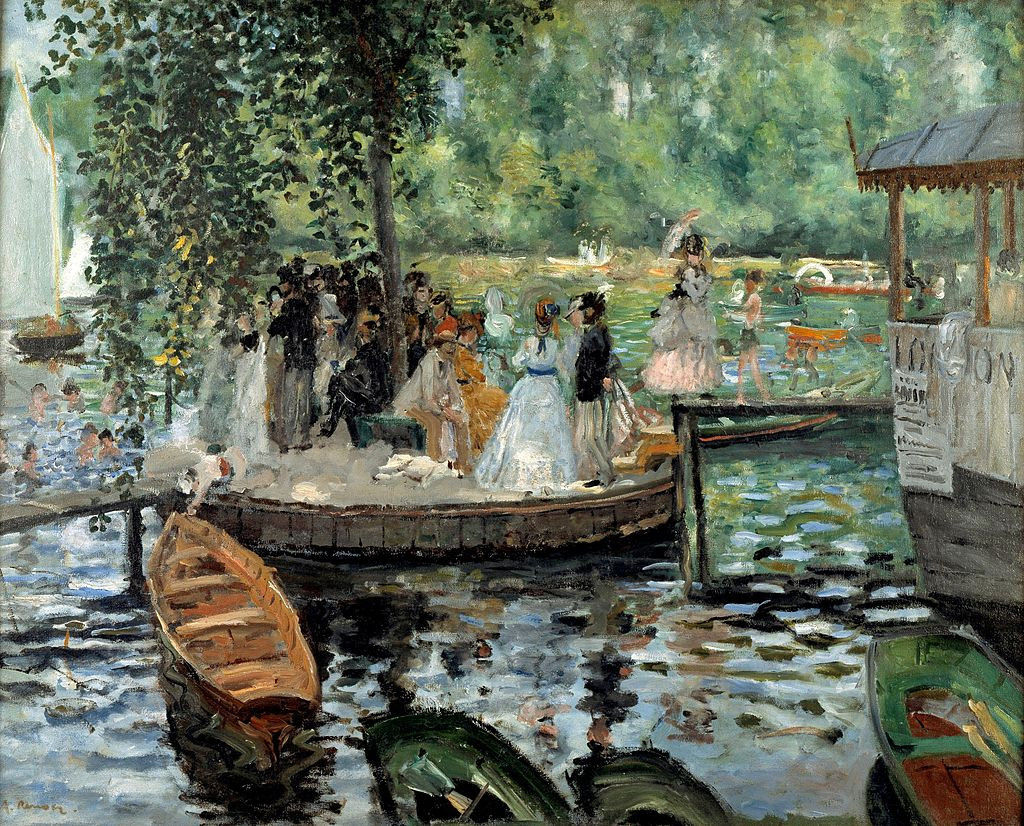
Pierre-Auguste Renoir, La Grenouillére, 1869
FAMOUS IMPRESSIONISTS ARTISTS AND AVAILABLE WORKS
The most important painters are: Eugène Boudin, Mary Cassatt, Gustave Caillebotte (see also his masterpieces Les raboteurs de parquet from 1875 and Rue de Paris, temps de pluie from 1878), Paul Cézanne, Emile Claus, Edgar Degas, Armand Guillaumin, Johan Barthold Jongkind, Édouard Manet, Willard Metcalf, Claude Monet, Berthe Morisot, Lilla Cabot Perry, Camille Pissarro, Pierre-Auguste Renoir, Julia dos Santos Baptist, John Singer Sargent, Georges Seurat, Paul Signac, Alfred Sisley, Henri de Toulouse-Lautrec, Maurice Utrillo and the sculptors Camille Claudel, Aristide Maillol and Auguste Rodin. Important German impressionists are Max Liebermann, Max Slevogt and Lovis Corinth. The American James Abbott McNeil Whistler also worked in his Impressionist style for a period of his career.
In the Netherlands, the Amsterdam impressionist artists such as George Hendrik Breitner and Isaac Israëls are well known. Curious which impressionist artworks are available in our online collection at Gallerease? Please have a look here!
Are you interested in more information about impressionism? Enjoy the video below!


